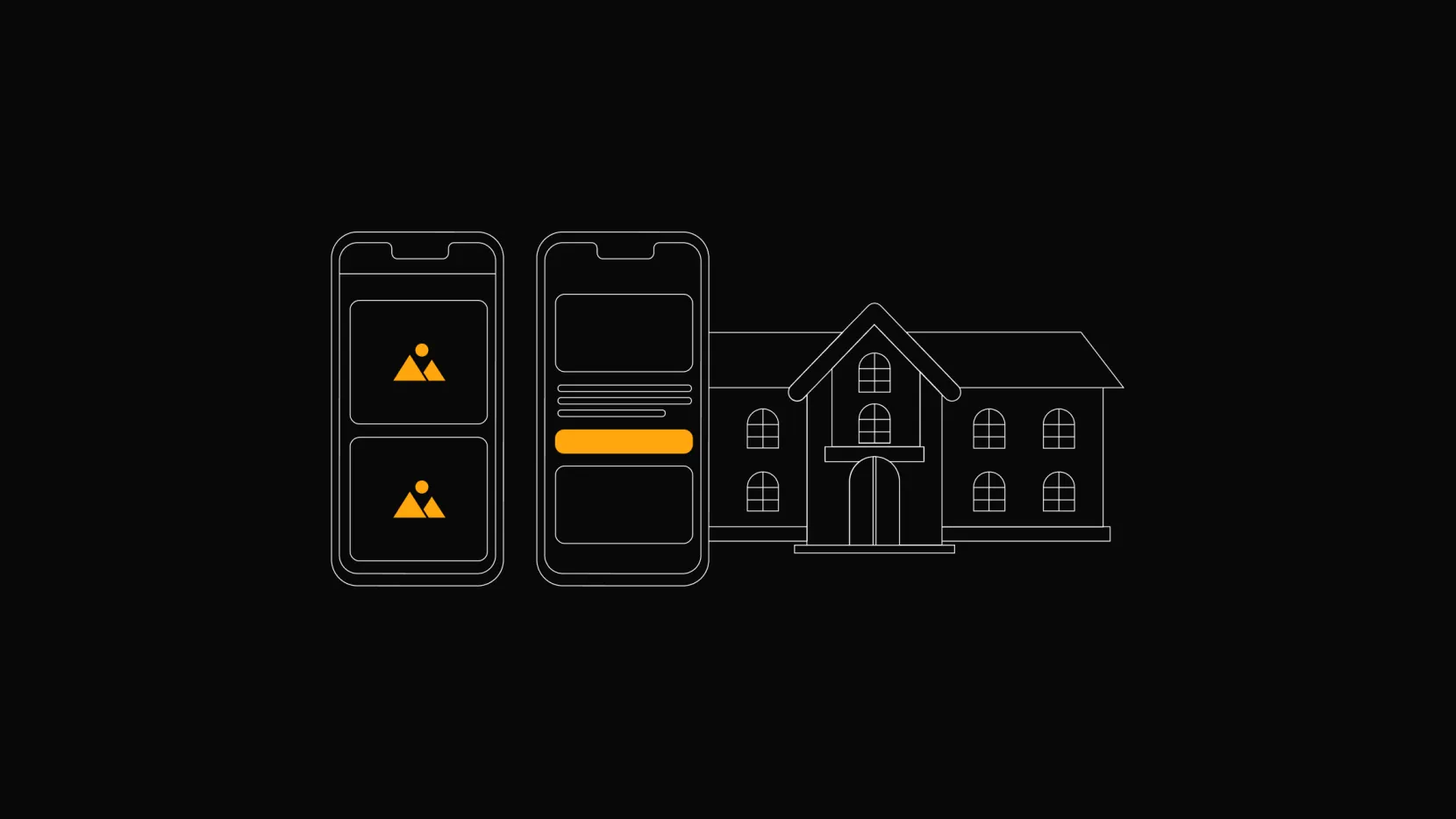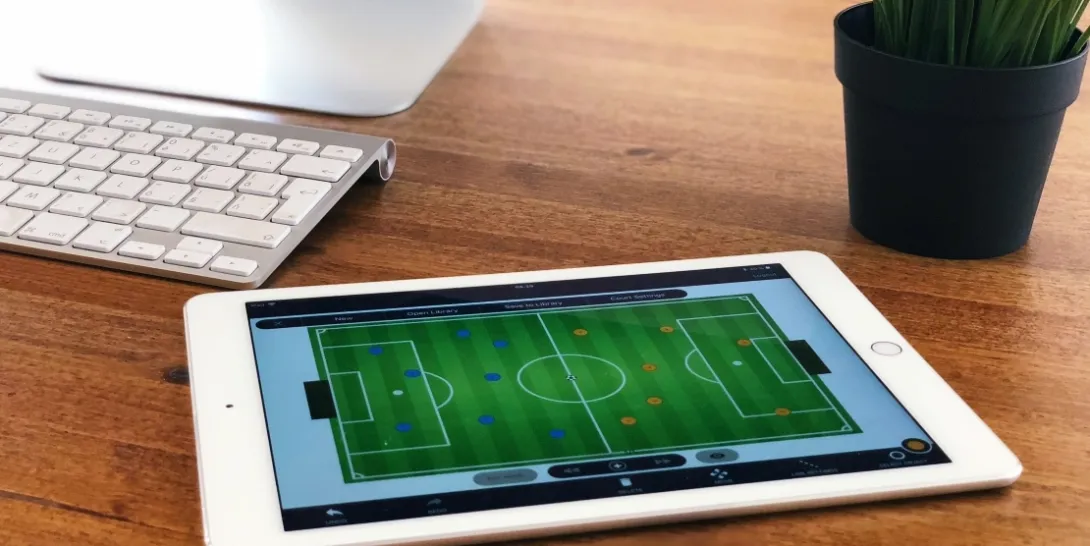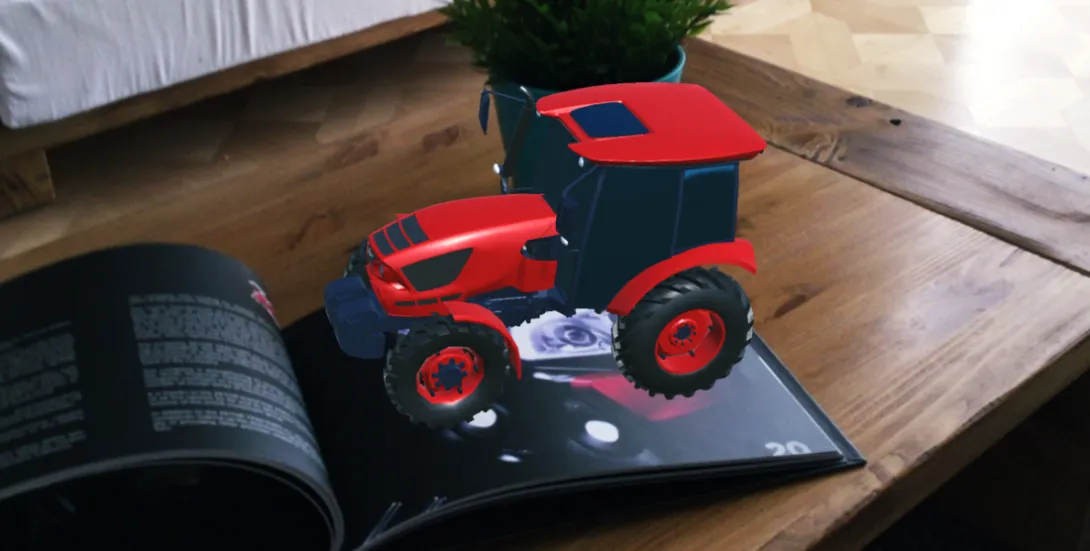School assignments in a mobile application for students

Every student hates assignments. Papers, pens, a lot of handwritten text… Why should students fill out their answers and conclusions on paper while there are smartphones everywhere? Thanks to us, they don’t need to anymore. At least one school is cooperating with a modern local museum.
What was the problem?
A school offering courses in botany, zoology, genetics, and other related fields sought to streamline the educational process, make it more innovative, and enhance its effectiveness. Study materials were difficult to find, and even when available, no one wanted to search for information in a 200-page book. Questions in assignments consisted of various types of answers, and it was too impractical to use paper for them. Old habits were simply outdated, and there was a need to make things more appealing to young students.
Was there a solution?
Yes, there was, and we made it become reality. Our solution was to create a platform where content managers (museum) can upload and manage study material, and teachers can create assignments for students that will automatically notify them. They are also able to acquire the materials in the form of texts, videos, pictures and audio records. Everything is organized into a structure of themes, chapters, and questions, much like a book. The result of this digitalization is the ability to study and do assignments without the need of pen or paper. It’s also more effective because every question contains the information where the student can find the answer — is it in the text or in the video?
How did we implement it?
Content managers use an online web interface to transfer study materials from paper form to an organized digital structure. There are also a few forms used to create questions that can be used later in assignments by teachers. Questions are divided into three categories by difficulty, allowing the teacher to configure an assignment as it’s being created.

Additionally, content managers must specify the correct answer so that the application can accurately validate students’ answers.

How did we make it different?
We wanted to bring some creativity into the process for students. That's why we created various types of answers such as single/multi choice, pairs, numbers, short/long text, and also the special unvalidated kind of answer where the student can write a long text validated later by the teacher. All other types are validated automatically by the application, so no additional work is required from the teacher's side. Moreover, teachers can see the progress of their students and the correctness of their answers.

Teachers can send a push notification or an email to notify students, for example, that they have only two days left to submit an assignment. Assignments have an ending date after which answering the questions is disabled and students can check the correctness of their answers. The teacher receives a report with questions and answers via email, allowing for manual corrections to the computer-generated validation.
Conclusion
It was a good idea to bring a part of the educational system into everyone’s pocket. We made the school life of some students easier and more enjoyable. The learning process is one they can identify with.


